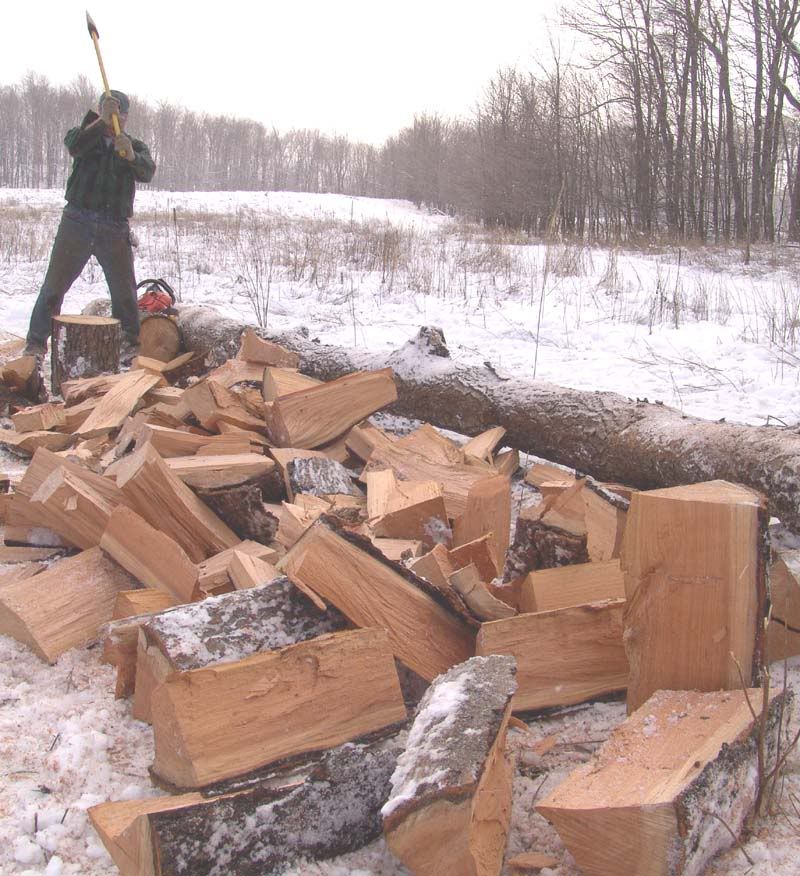BlueRidgeMark said:
Well, they might if they were receiving a load from someone they hadn't dealt with before, and wanted to see if he was honest.
It's really easy, too. Just measure out a 4x8 patch of ground, mark it with string, and set your 3 boys to work! When you come home that evening, you measure how high it was stacked, and you know if you have a cord or not.

Hi Blueridge, yes and no. And I will explain how more is less and less is more.
Case in piont: my short box 2500 holds one 16" face cord or 44 cubic feet more or less stacked level full.
Now if I cut the wood heavy to 17" and the wood is stacked 4'H and 8' L, then we end up being at least 10 sticks short of a load, however, if we cut the wood heavy to 15", the pile will stack to a few inches higher than 4'.
I'm not trying to split hairs here, but I am trying to show how a pile of wood can appear to be smaller than what it actually is or vis versa, especially when we are talking about several cords stacked back to back.
Also, consider that when three 16" facecords are stacked back to back,basic math would dictate that it would measure 48"- NOT! It's more like 54" since firewood doesn't stack like bricks.
Therefore, a cord is only a cord when we have 128 cubic ft. not three 16" facecords.
Once again this is not a creative way to short change or confuse anyone. It's just that a face cord is a confusing way of trying to establish a true measurement of a large pile of wood. Cubic volume is the most fairest way to measure wood, i.e., a cord is 128 cubic ft. of wood including air space with the pieces layed well and evenly together, not three 16" facecords and not four 12" facecords. My point is, facecords should only be sold as single units and not multiples of a supposed bushcord.
Hope I haven't confused matters, since 99% of customers could care less unless they feel they have been short changed.
John
John


























































